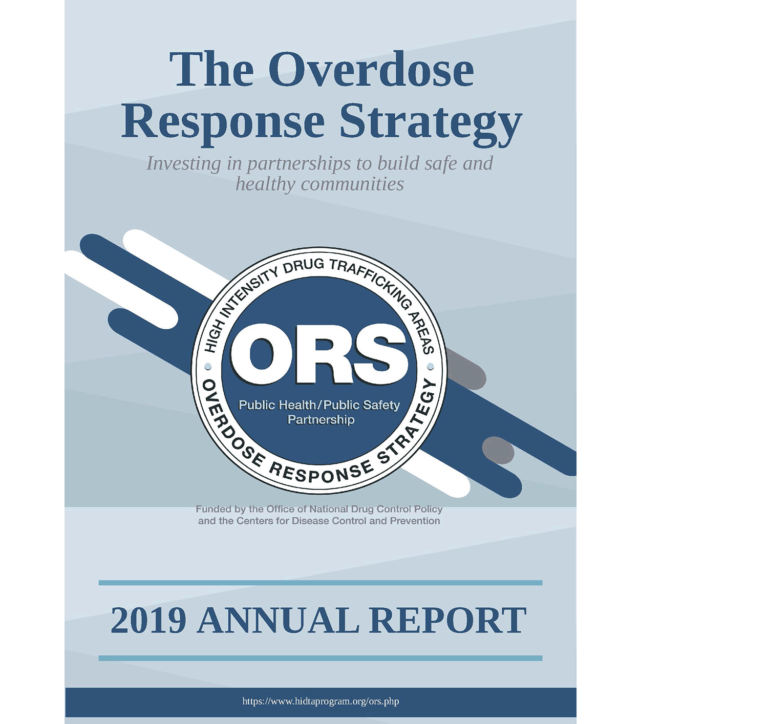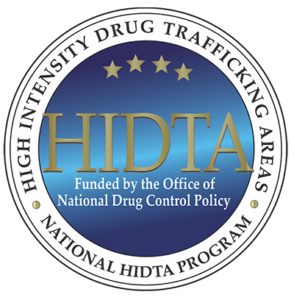ONDCP invested funding for all 61 DIO positions, including a DIO position the District of Columbia (D.C.).
CDC invested $11.6 million to continue funding all 60 PHA positions, and add a PHA position in the District of Columbia (D.C.), for a total of 61 PHA positions.
ONDCP designated the ORS as a HIDTA National Initiative.
CDC invested $8.4 million to continue funding all 60 PHA positions, as well as additional staffing and resources to support the growth of the program.

The Biden-Harris National Drug Control Strategy highlighted the ORS under Principle 1B, which focuses on improving information sharing, vertically and horizontally, between public health and public safety entities to improve health outcomes and build health equity.
CDC invested $7.2 million to continue supporting 30 PHAs and expand the program to add 30 additional PHA positions. The ORS is recognized as a national program.
ONDCP invested $5 million in baseline funding to hire DIOs in every state.
CDC invested $3.765 million to continue funding 11 PHA positions and add 19 PHA positions, for a total of 30.

ORS released its first annual program report, a publication highlighting major activities and accomplishments throughout the preceding year.
CDC funded 11 PHA positions through a $1.7 million cooperative agreement with the CDC Foundation to build capacity for the public health arm of the program and join the ORS as a formal partner.
The Heroin Response Strategy became the Opioid Response Strategy to encompass the larger challenge of fatal and nonfatal overdoses beyond heroin overdose. In July 2018, the program broadened its scope again to become the Overdose Response Strategy (ORS).

HRS held the first “HRS Symposium” in Atlanta, GA with approximately 300 attendees.
First Cornerstone Project – ”911 Good Samaritan Laws” – was implemented.
CDC allocated additional funding to start up the first round of HRS pilot projects in three states.
HRS formally established its goals, mission, strategic direction and logic model.
CDC joined HRS to lead the public health arm of the program.
ONDCP allocated additional funding to HRS to include the Ohio, Michigan and Atlanta/Carolinas HIDTAs.
ONDCP and HIDTA hosted the first “State of the Region Public Health/Public Safety Symposium” in Baltimore, MD to bring together HIDTA, CDC and other partners to discuss the need for cross-sector collaboration to address the opioid epidemic.

ONDCP funded 5 HIDTAs (Appalachia, New England, New York/New Jersey, Liberty Mid-Atlantic and Washington/Baltimore) to create the Heroin Response Strategy (HRS), a cross-disciplinary initiative that brings together Public Health (PH) and Public Safety (PS) partners to reduce drug overdose fatalities.